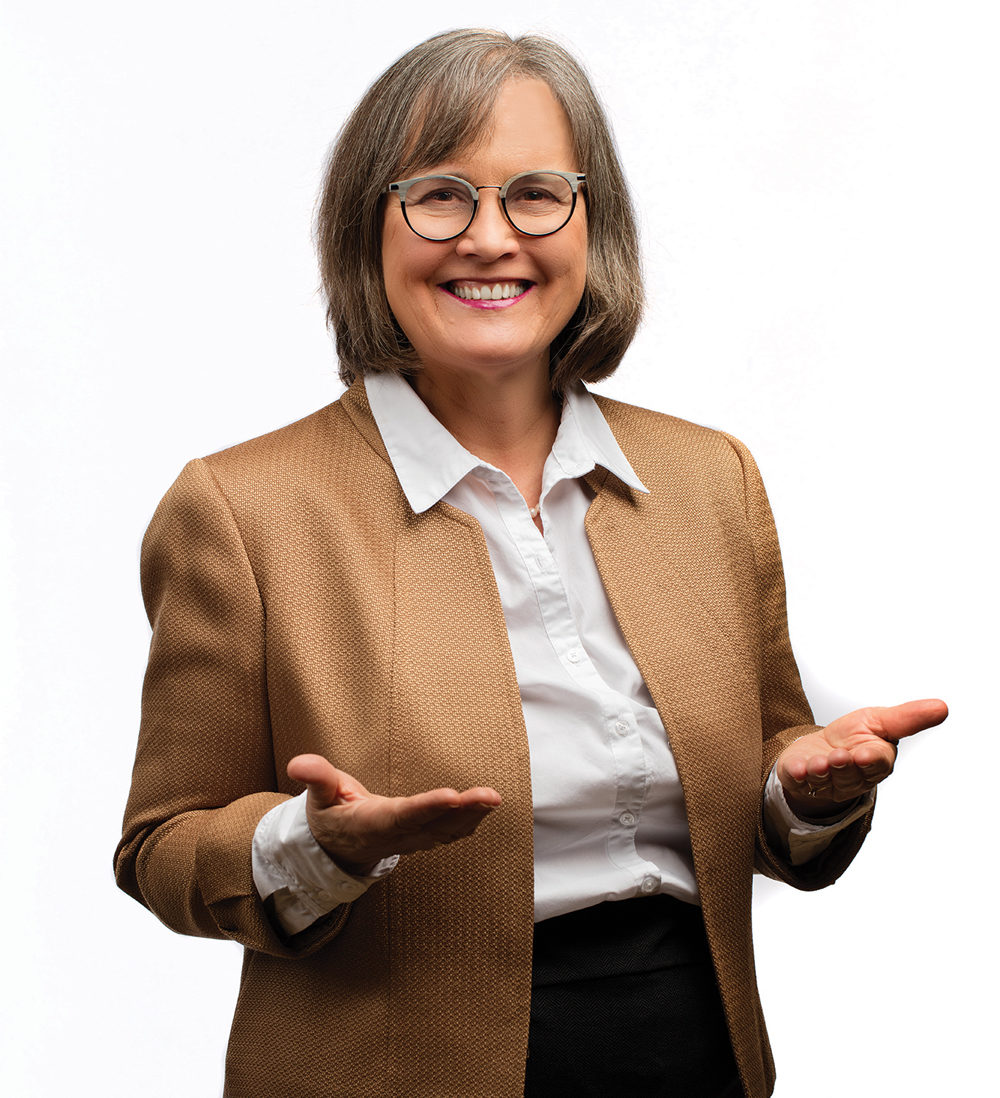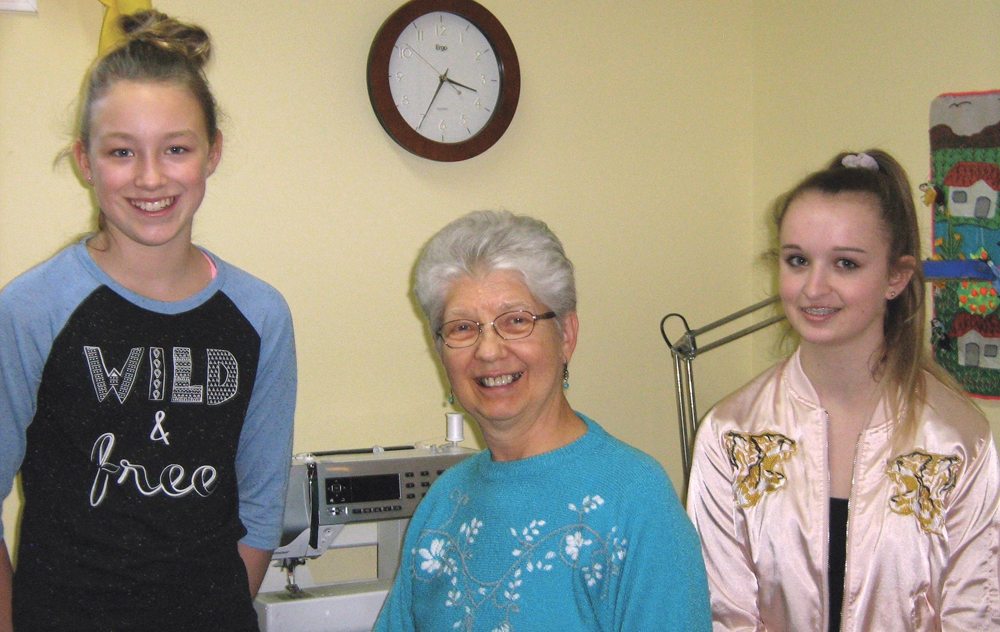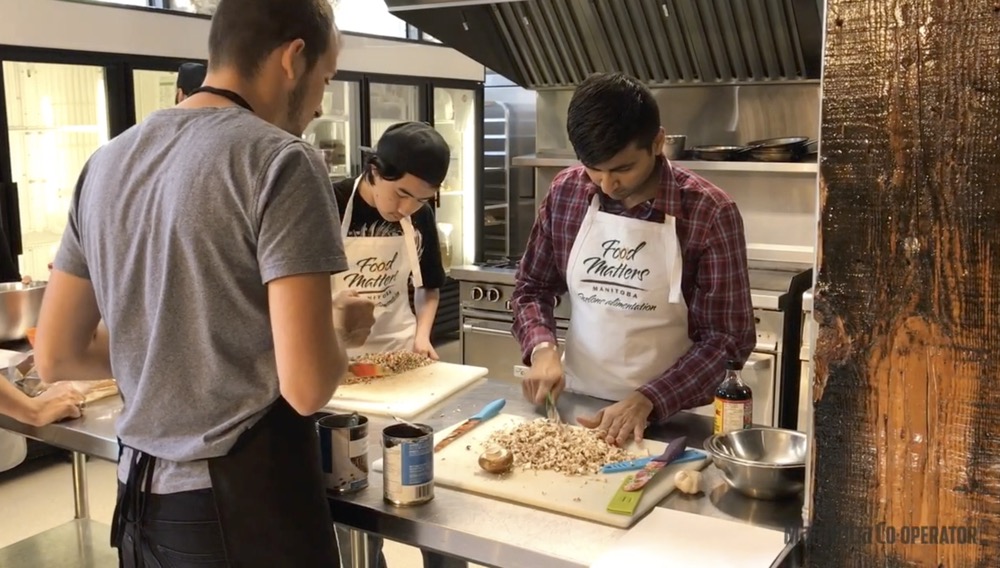Thirty years after the first group of 4-H’ers bound a plane for Japan, a homestay program is still going strong.
In the late 1980s, the Manitoba 4-H Council and Manitoba Agriculture joined forces with the York-Benimaru Foundation, an organization founded by a major Japanese retailer, to provide international travel for high school students in the Fukushima prefecture on the east coast of Japan.
Interested in setting up a Manitoba-Japan exchange, Manitoba Agriculture extended an invitation to the foundation and reached out to 4-H to find interested host families.
Read Also

Province pledges funds to CentrePort Canada
The Manitoba government has pledged $450,000 towards projects at inland port CentrePort Canada.
By 1987, the partnership had borne fruit and 197 Manitoba youth and 726 Japanese students have since made the trip.
“There are some minor things that have changed, but in all reality, the actual exchange or the travel aspect of it and the core of it hasn’t changed that much,” program co-ordinator Leanne Sprung said. “Things that have changed are the speed which we can communicate with our partners in Japan, the speed at which people travel. It’s much more realistic. We also have seen a change in host families’ ability to host and that becomes something that’s a bit of a challenge every year because people are just doing different things in the summer in Manitoba.”
More and more families wish to travel during the already short summer, Sprung said, and the program has started splitting homestays between families to shorten time commitment.

Experiencing Japan
Manitobans make the trip every second year, compared to their Japanese counterparts’ annual journey.
Gregory Penner, a member of the Anola Northern Lights 4-H Club, was among those travellers several years ago.
“The first week, we spent as a group going around doing tourist things, stopping at sort of high points in the local area that we were in,” he said. “We visited a castle from hundreds and hundreds of years ago that was still there. We visited some tsunami disaster sites and looked at some relief efforts that were going on there. And then the second week we spent individually in a homestay program with a family and that was a really neat sort of insight into Japanese home life.”
For Manitoba 4-H’ers, all of whom would normally be on their summer break, that includes a return to the classroom. The trip overlaps with the last week in the Japanese school term and program participants are integrated into the normal class schedule.
“We spent the first day or two in classes with them, which was really neat because we actually got to help out with the English classes with some vocabulary and pronunciation. The school was really great in getting us involved,” Penner said.
“We spent the few last couple of days there (doing) sports and games and relays and really just getting to know people and there are people there who I still talk to on Facebook,” he added.
Manitoba flavour
Nineteen Japanese students arrived at the beginning of August this year, soon after 2017’s Manitoba contingent returned from its own trip to Japan in July, and soon spread to families from southern Manitoba to The Pas.
Carlie Whetter of the Alexander 4-H Club, and Manitoba 4-H Council president, is among those host families for the second year.
“It’s really neat to kind of be a hometown tourist in your own community and your own province and seeing our beautiful country through the eyes of someone totally new is a really neat experience,” she said. “They’re so excited about little things that we find mundane.”
Rural Manitoba might not make the list of exotic locations for longtime residents, but the open space, horizon-to-horizon stars, evening bonfires and northern lights are among the first things to draw comments, both Sprung and Whetter said.

At about 650,000 square kilometres, roughly twice the size of Japan’s 378,000 square kilometres, Manitoba claims only 1.3 million people compared to Japan’s 127 million.
Likewise, students are drawn to the combines and farm machinery, an everyday sight for any rural Manitoba resident, Whetter said.
“You can understand much better, having been there and experiencing that, why they are in awe when they come to Manitoba,” Sprung, who has both hosted and travelled to Japan, said. “Some of the other differences are cultural differences, the multi-generations living in one home, which isn’t that typical in Canada right now, but very typical in Japan.”
The York-Benimaru Foundation pitches its program as a means to instil international understanding in youth, but the learning is not one way, the 4-H council notes.
“Even just some of the language,” Whetter said. “My kids — I have two boys who are eight and 10 and a girl who’s 13 and they like to learn some of the Japanese words and we’ve been watching some Japanese anime or cartoons on television and just learning some of the things that they do in Japan is really interesting.”
Ongoing benefits
The homestay program does not formally keep track of how many participants keep in touch after returning home, although Sprung has anecdotal evidence on the subject.
In the wake of the 2011 tsunami and crisis at the Fukushima Daiichi Nuclear Power Plant, located in the same prefecture as the homestay program, former participants in Manitoba led a grassroots fundraising effort to deliver aid.
Interest in the program has been constant over the 30 years, Sprung said, even as 4-H programs in Canada have fought with declining membership.
“What’s happening now, which is so awesome, is the fact that we are now getting second-generation host families,” Sprung said. “Thirty years later, we have families approaching us who hosted as a 4-H member.”
















